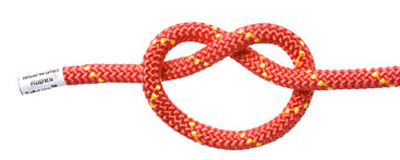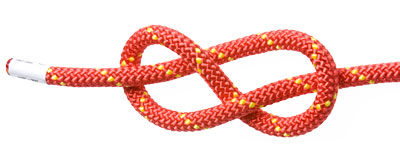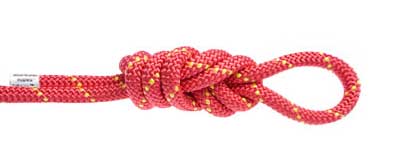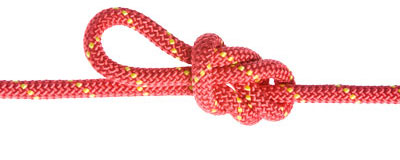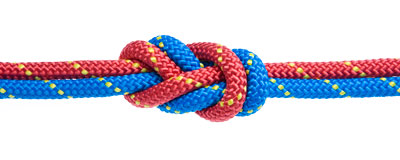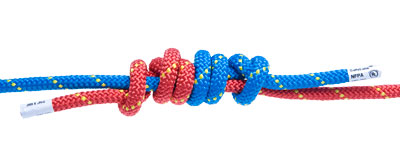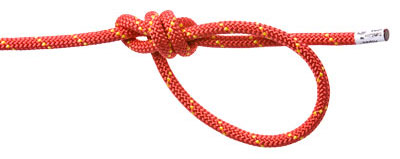Your cart is currently empty!
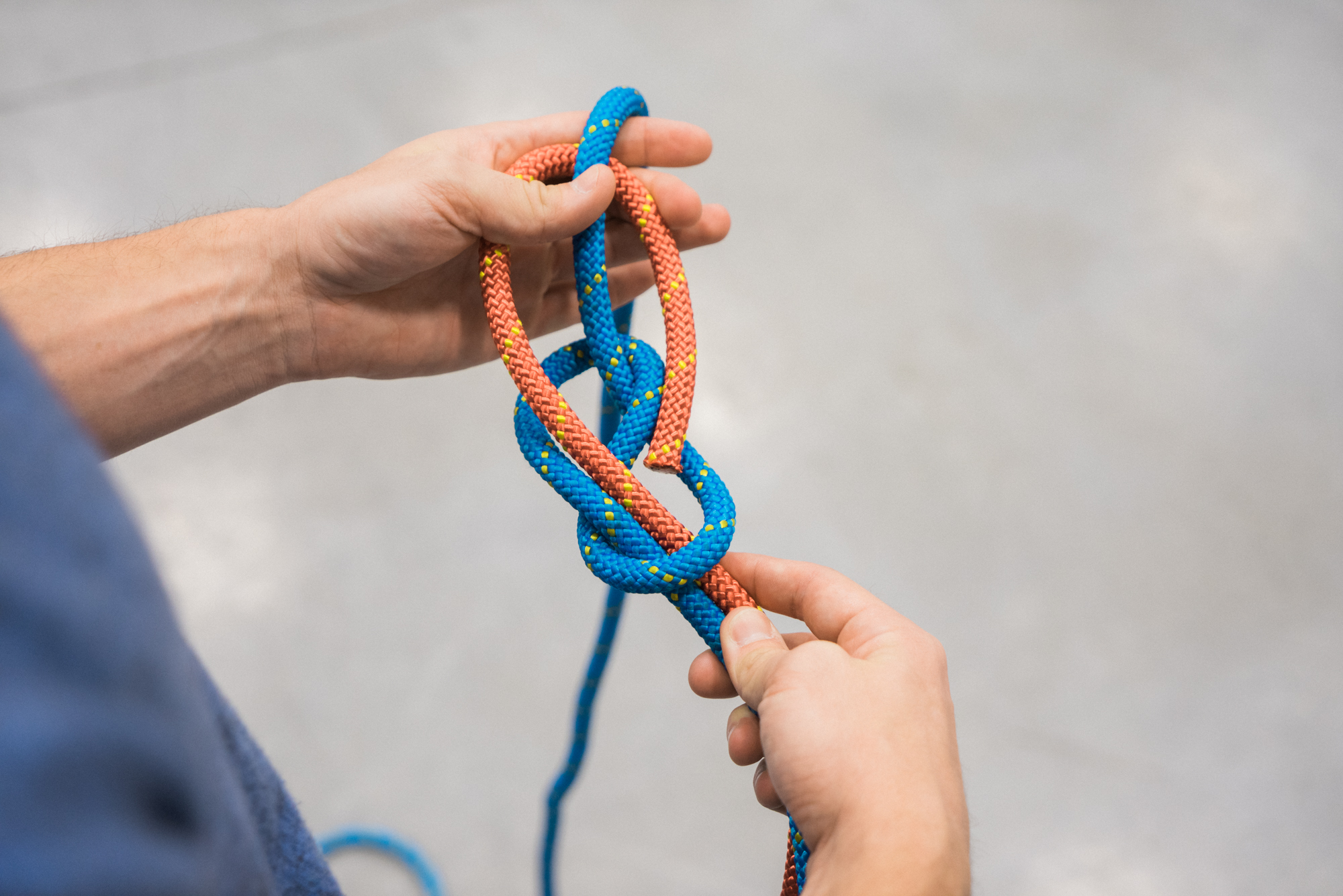
LEARN KNOTS
From hauling gear up a tower to securing a rescuer to an
anchor, understanding how to tie and apply knots properly can
be a time and life saving skill, and knot tying is just that: a skill.
Fall Protection and Rescue Knots
Learn the knots you need for at-height rescue
From hauling gear up a tower to securing a rescuer to an anchor, understanding how to tie and apply knots properly can be a time and life saving skill, and knot tying is just that: a skill. Whenever possible, avoid knots in fall protection, favoring factory terminations, anchor plates, and ANSI compliant connectors. Here we have compiled a step-by-step guide and description of each of the most commonly used knots that have been chosen based on their excellent performance history. This quick reference guide is a great resource for refreshing your knot tying skills.
KNOT TERMINOLOGY
BEND
A knot that is used to tie two ropes together. If the situation requires a longer length of rope than what is available, a bend can be used to create a longer rope out of two shorter ropes.
BIGHT
A U-shaped section of rope with parallel sides, where the working end does not cross over itself.
DRESSING
Dressing knots is a practice designed to ensure that the knot is tied properly. Knots that have twists, unparallel lines, kinks, loose bights, or overlapping sections are not dressed. Dressed knots look “good.” All knots should be dressed after the initial knot is tied, before it is set. Adjust the knot while it is still loose to make sure all the lines lie in the proper position.
FOLLOW THROUGH
The re-weaving of a knot.
HITCH
A knot that is tied around a cleat or post that can move, slide, or be adjusted in some manner.
LOOP
A full circle of rope, created by passing the working end over itself.
MID-LINE
A knot or hitch tied along the rope’s length, not using a working end.
SETTING
Setting is the activity that tightens the knot. Once the knot is dressed, it remains loose until it is set. To set a knot, all ropes leading into and out of the knot are pulled taught. The knot gets smaller as it tightens down on itself. The setting application will ensure that the knot maintains its shape until a load is imposed upon it. When loaded, the knot will continue to tighten. The initial setting is done so that the knot doesn’t lose its shape from the time it is tied until it is used.
STANDING END
The end of the rope not involved in making the knot.
STOPPER KNOT
A knot used to secure the bitter end.
STOPPING
Stopping the knot is a practice that terminates the end of the rope to the base of the knot. When a knot is tied there will be a tail of rope (bitter end) coming out of the knot (if the knot is an end knot). When the rope is loaded, the end or tail of the rope will want to move back into the knot. If there is not a long enough end, it may enter the knot, causing the knot to unravel. It is common practice to have 8″ to 12″ (20.3-30.5 cm) of the end extending from the base of the knot to which a stopper knot can be tied. The stopper knot is not load-bearing; it is merely a finishing knot to secure the end of the initial knot. If there is plenty of rope coming out of the base of the knot, the knot will be safe with or without the stopper knot. Stopper knots are a good practice, and the stopper knot will also assist in managing the end of the rope from tangling with other components.
WORKING END
The end of the rope actively involved in tying the knot. Often referred to as the live or running end.
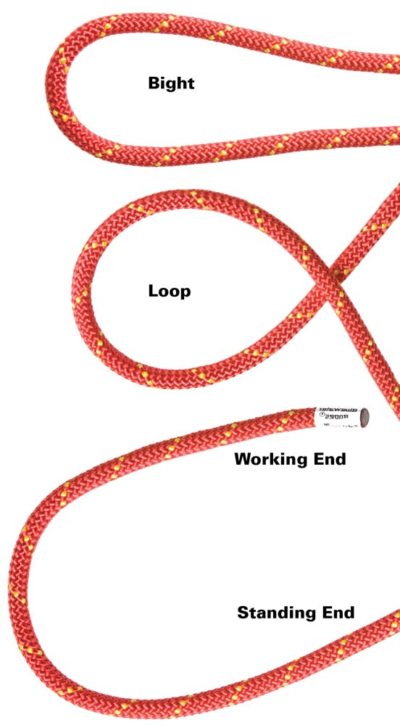
ROPE & EQUIPMENT
